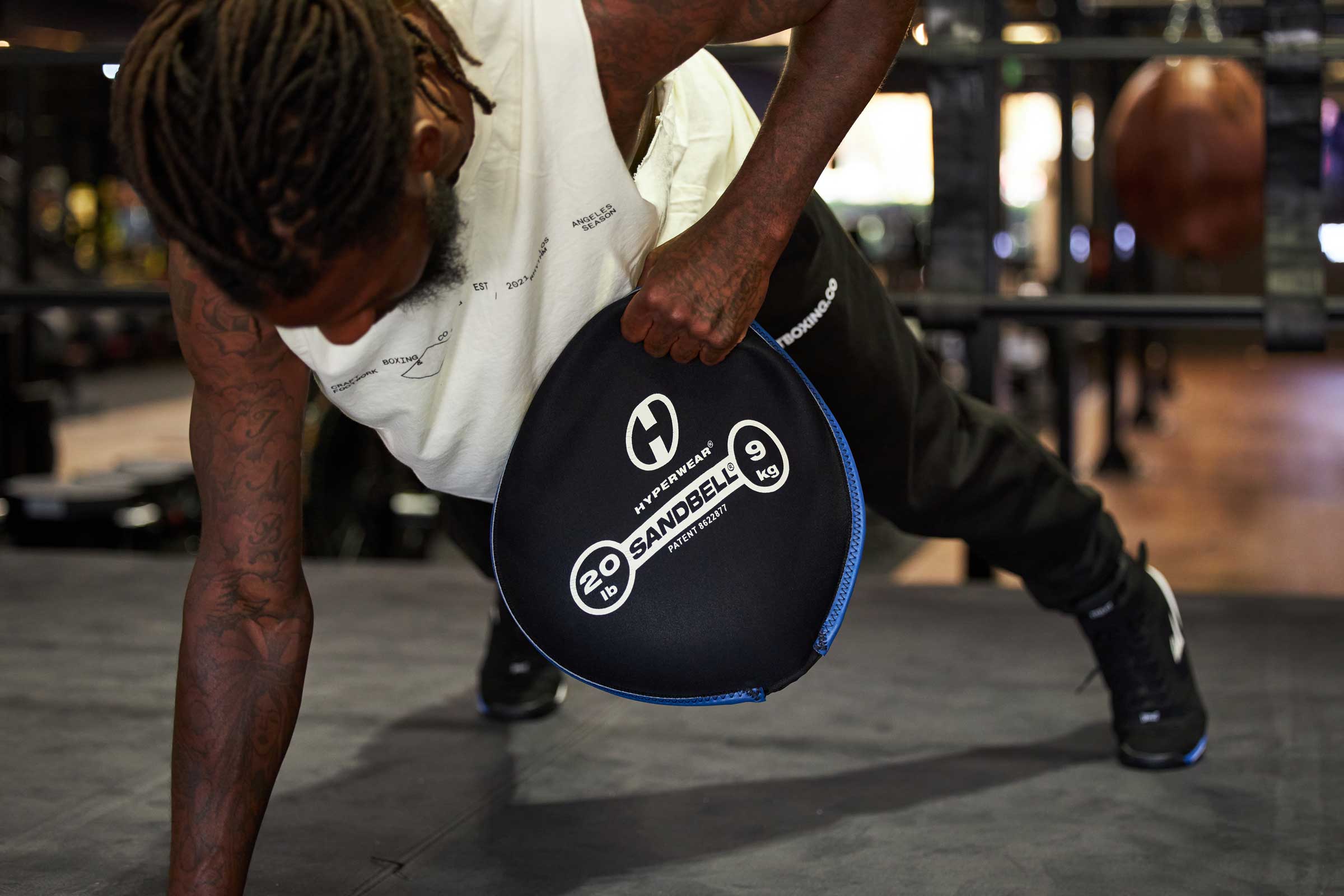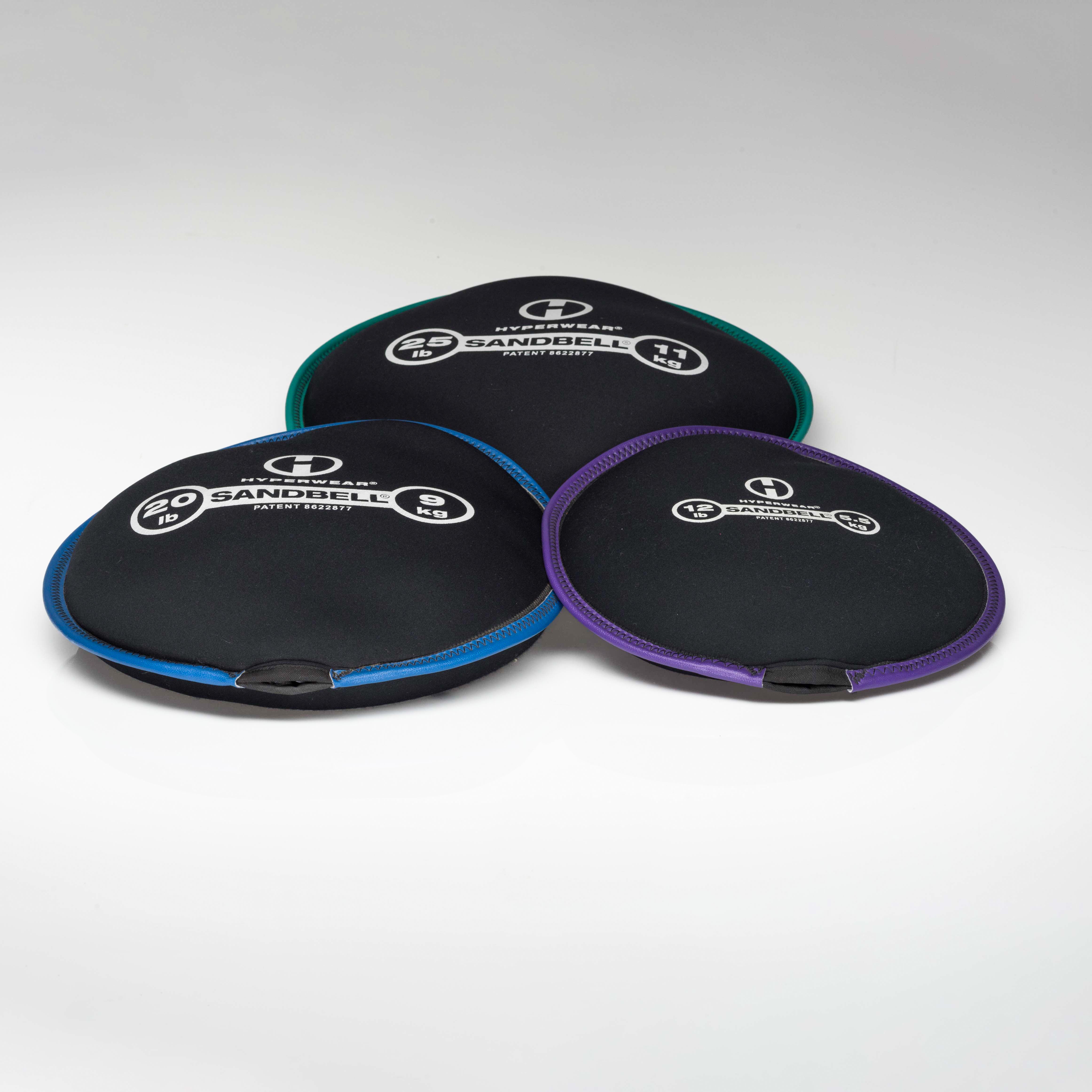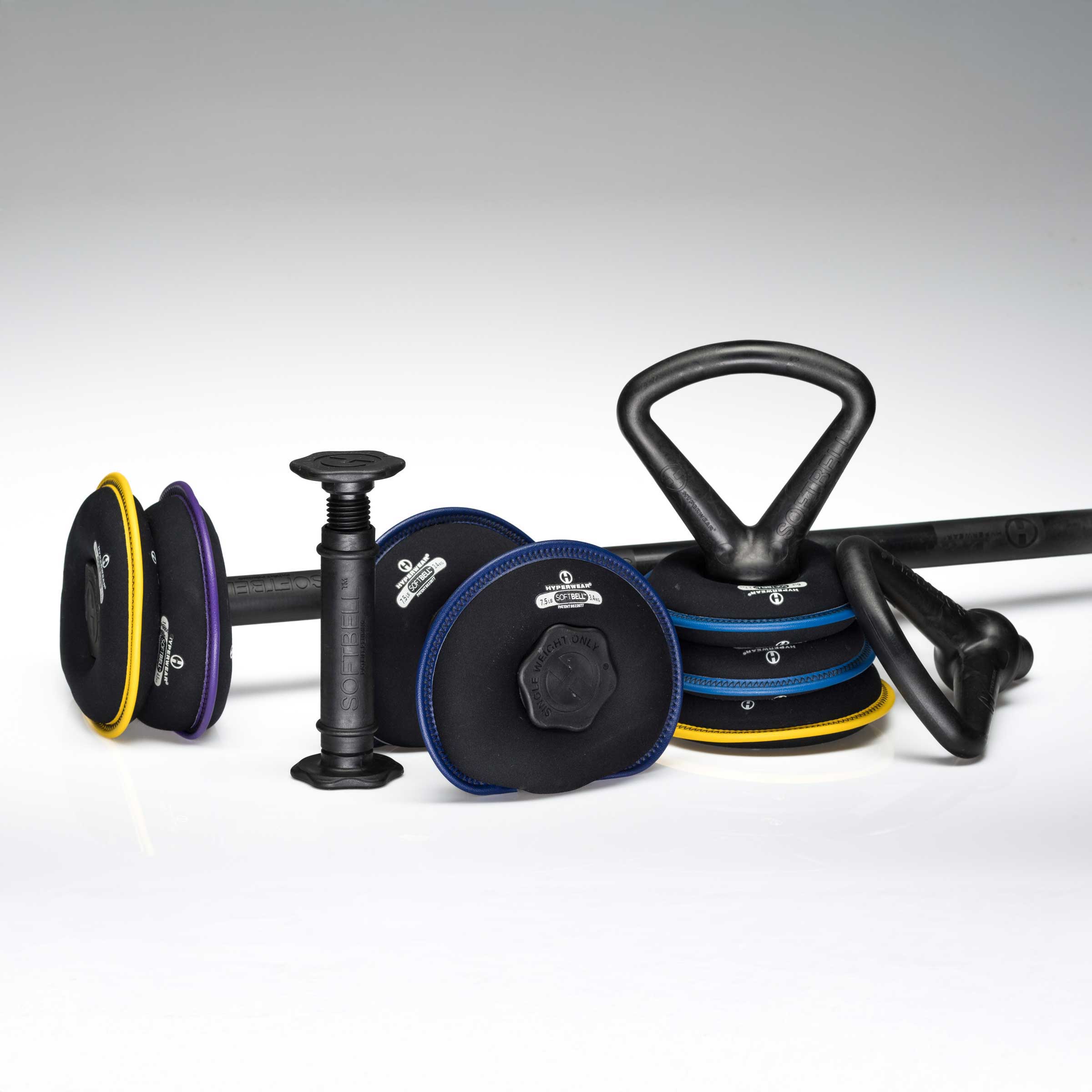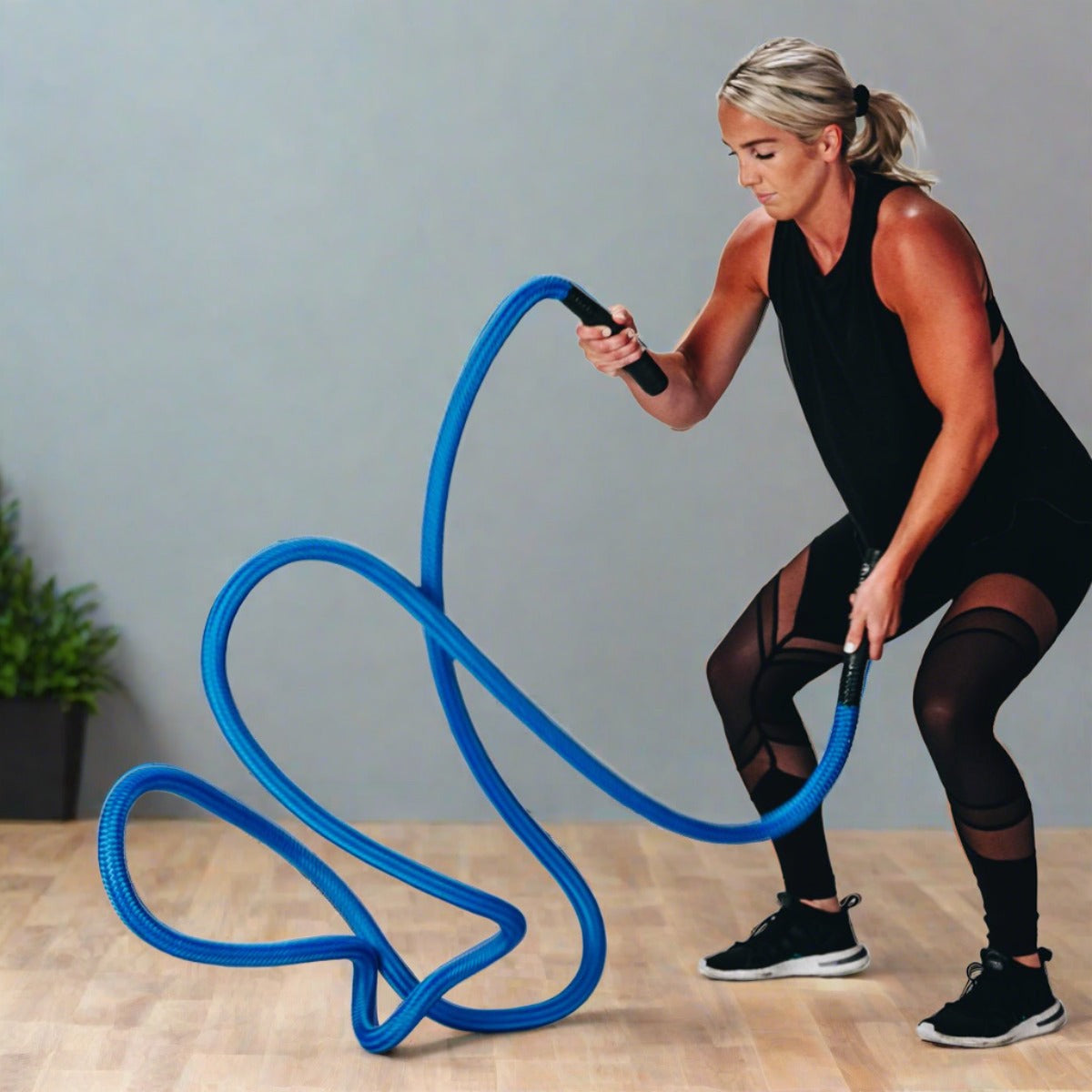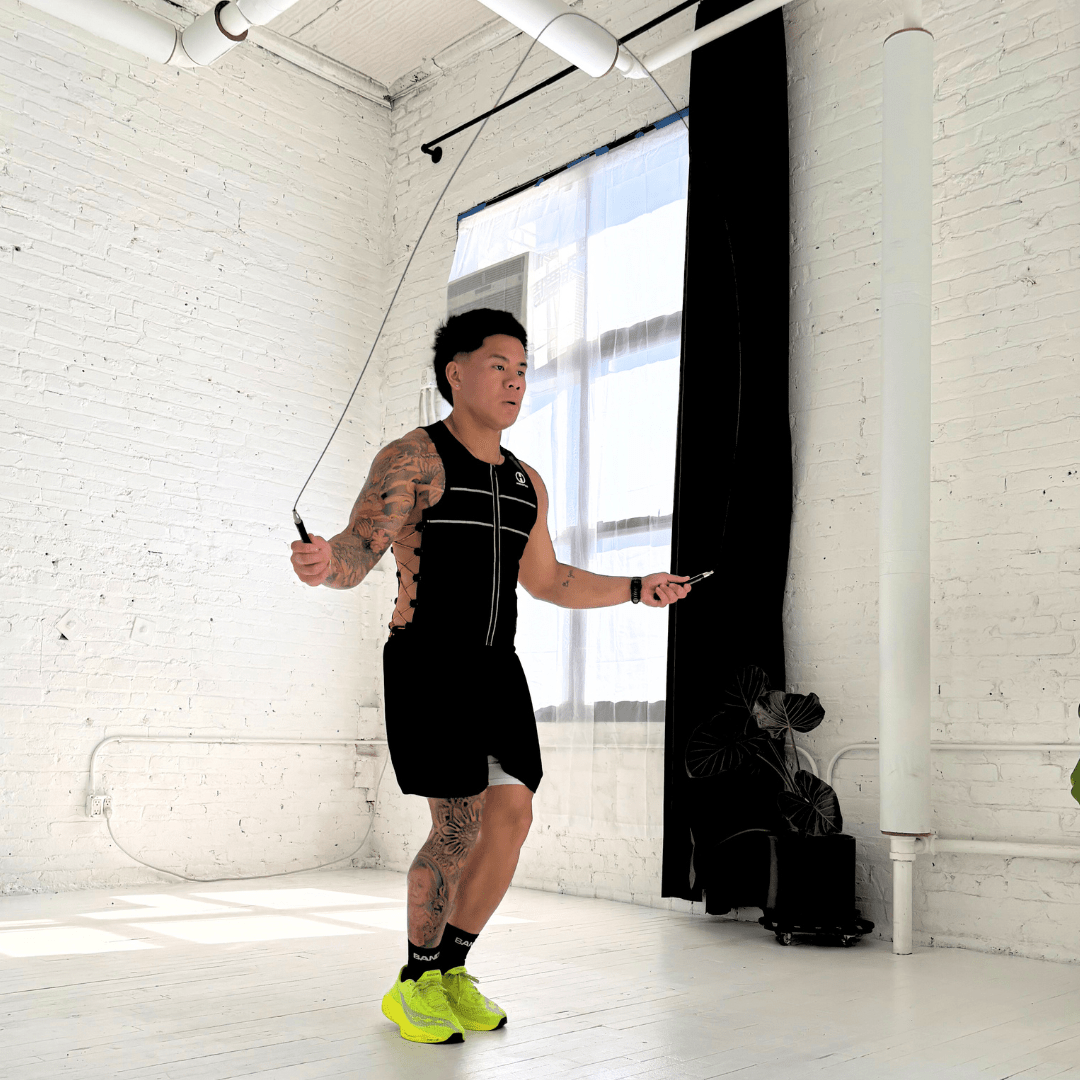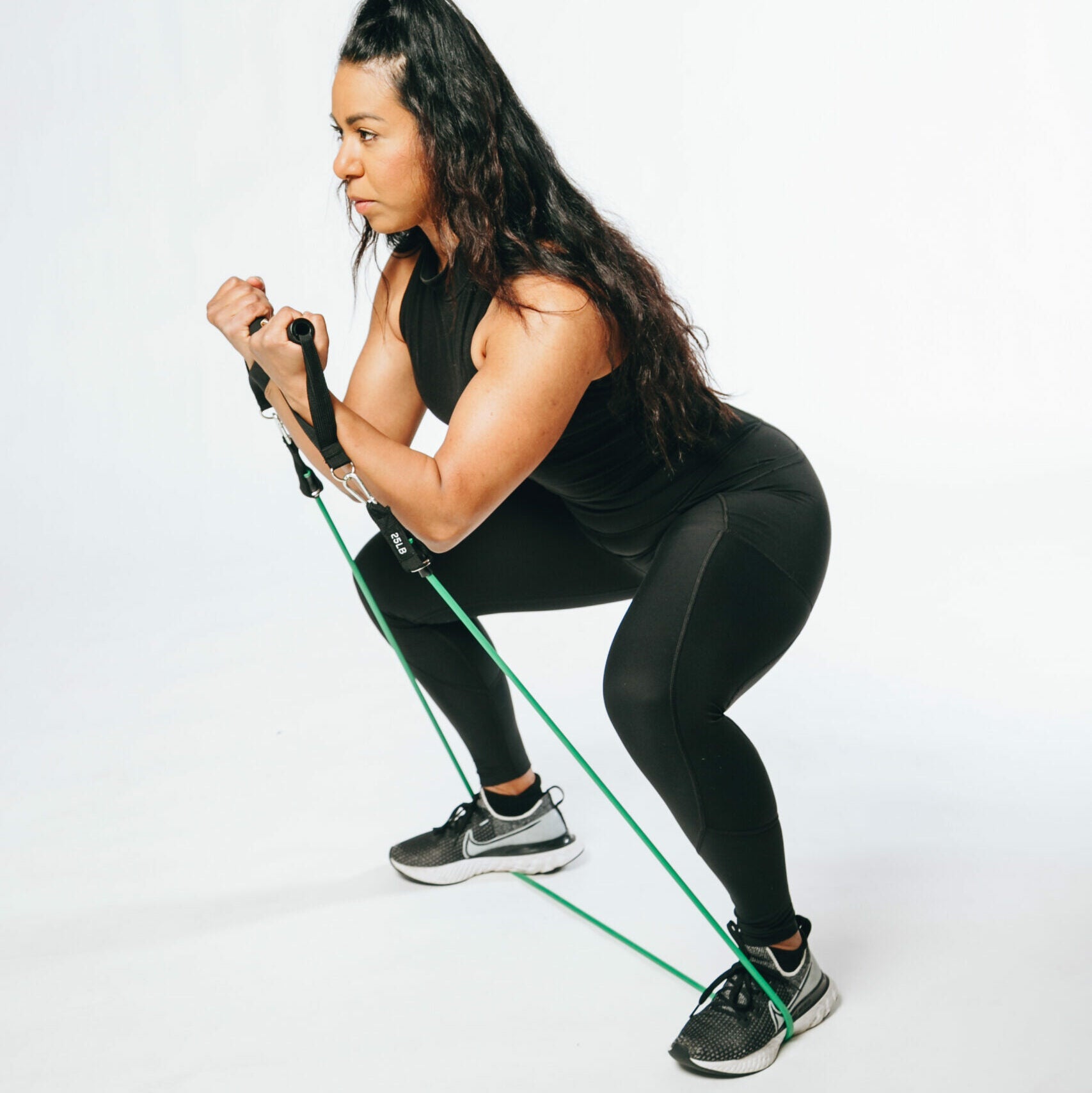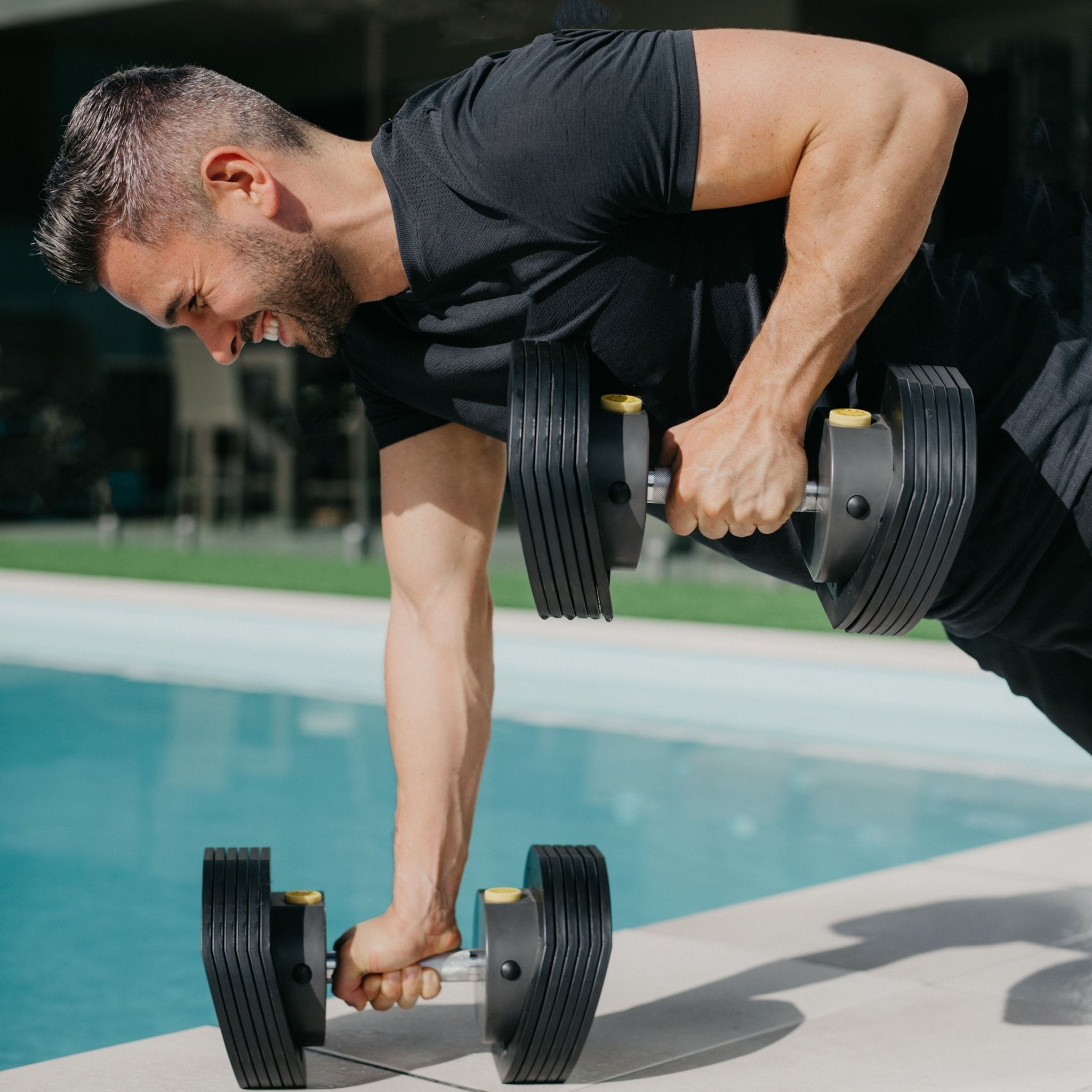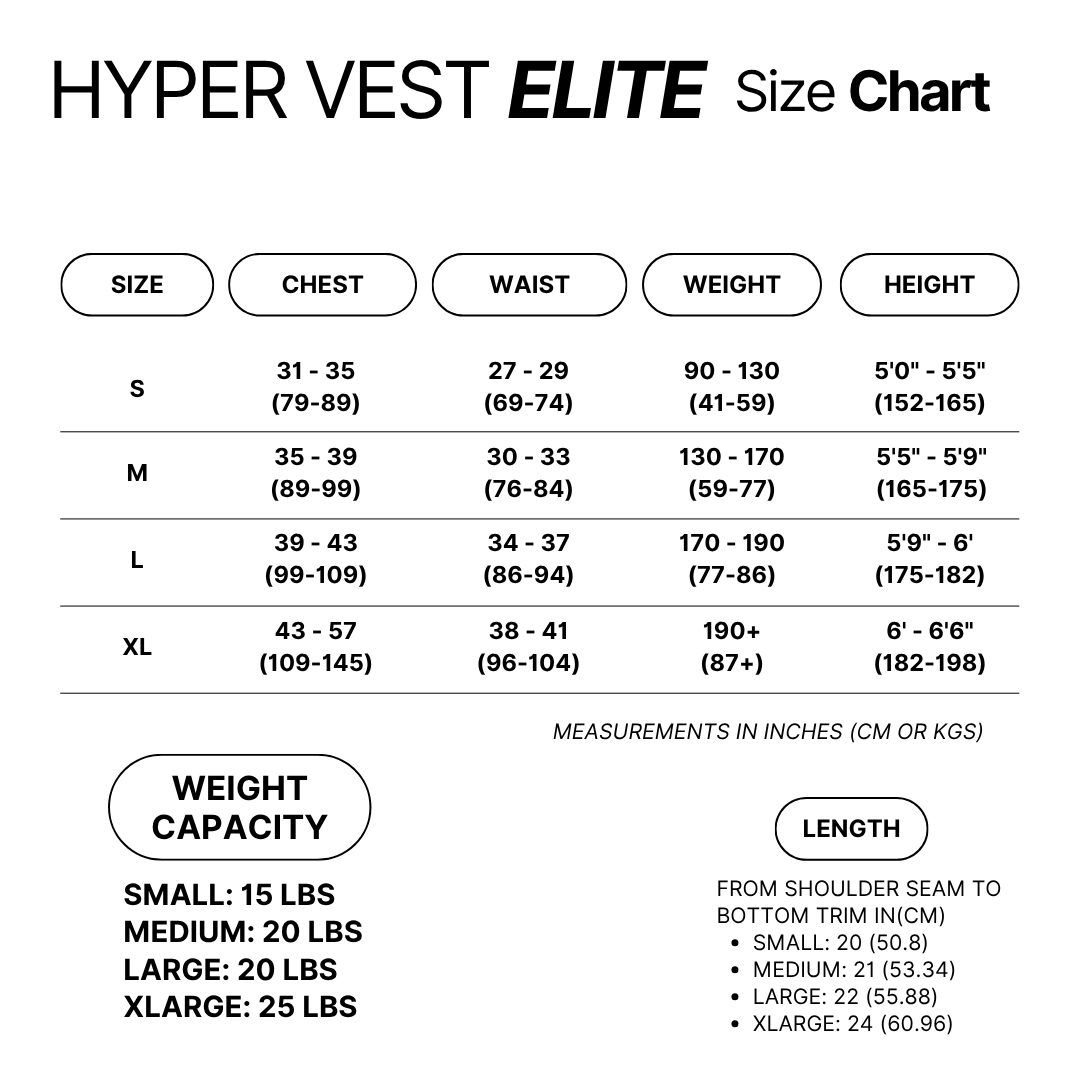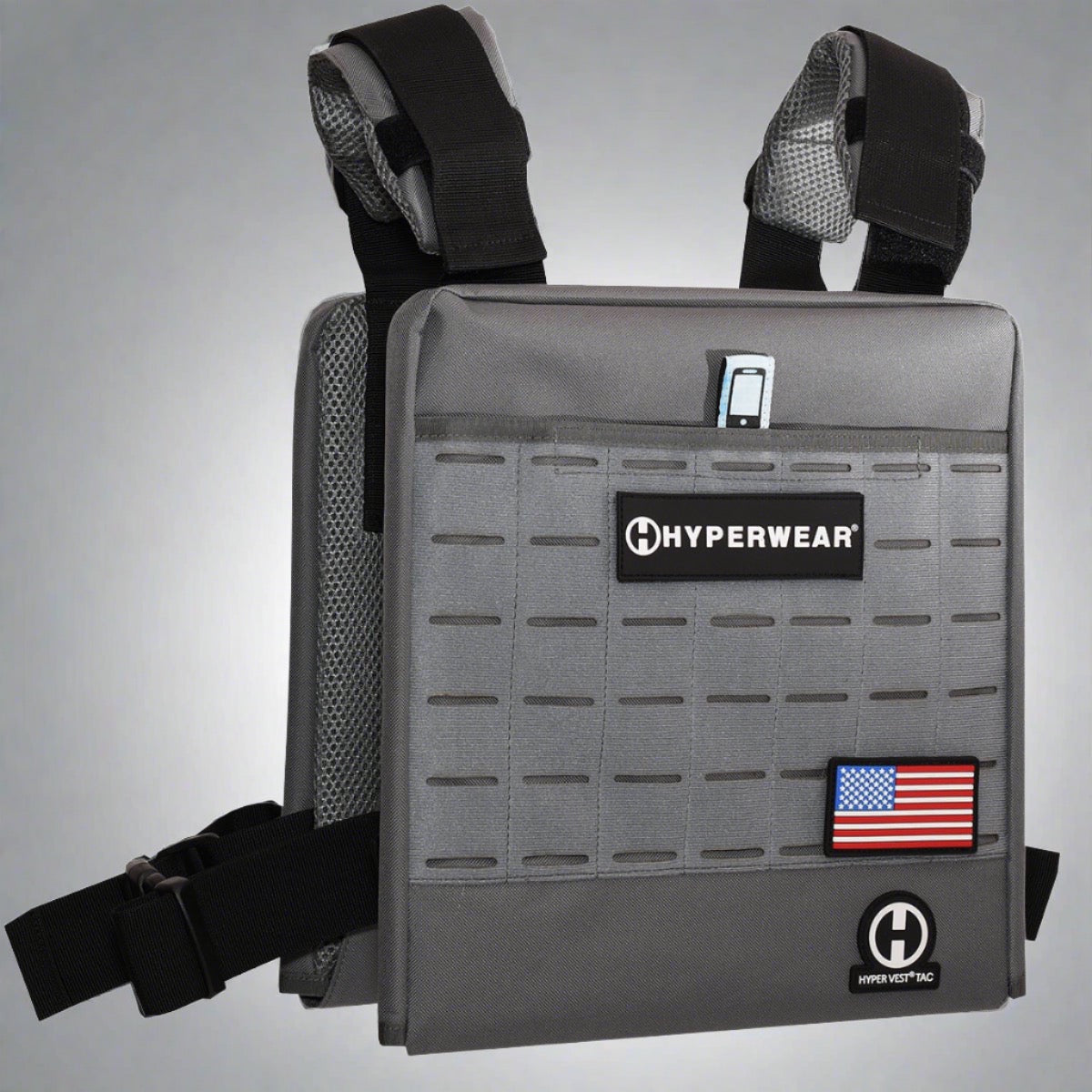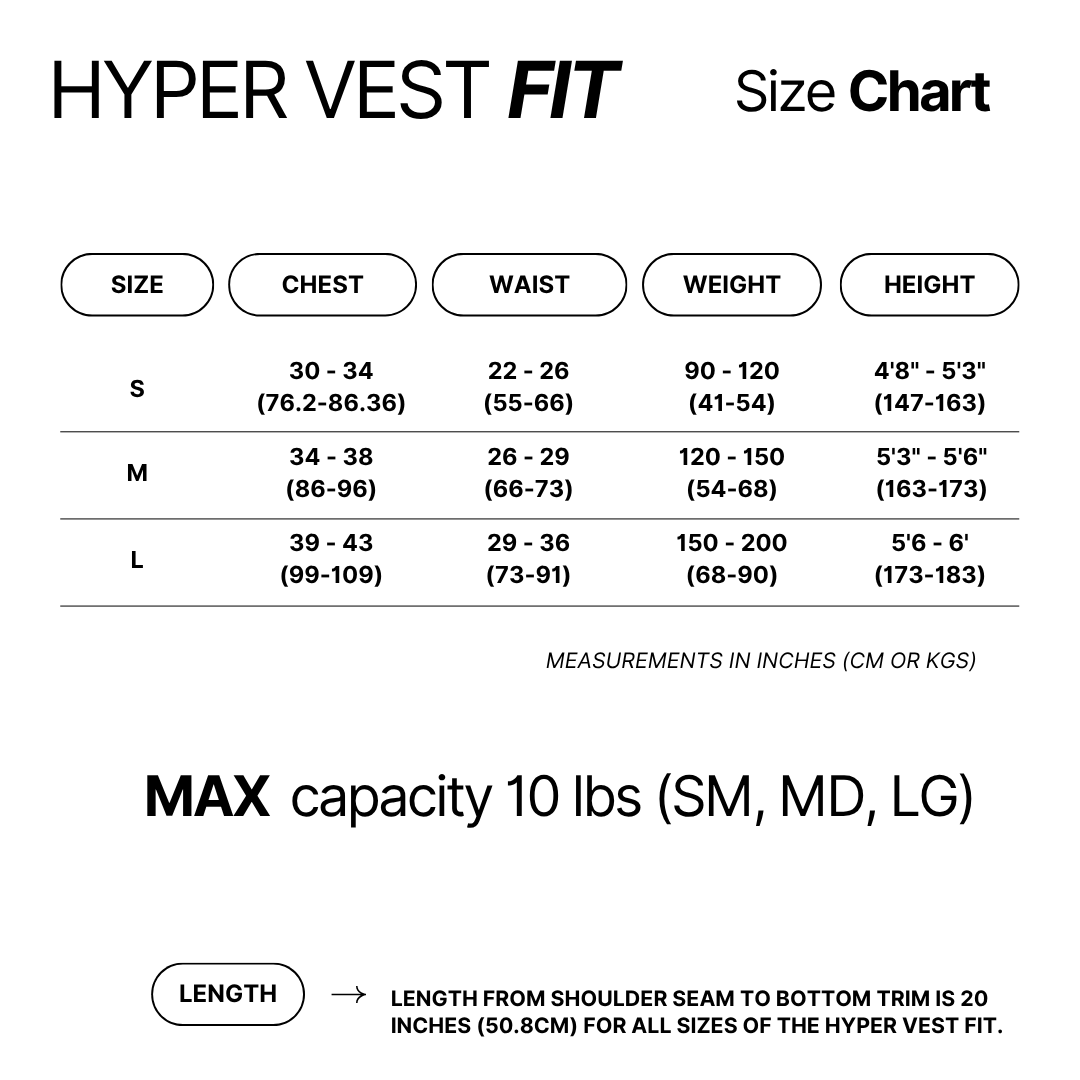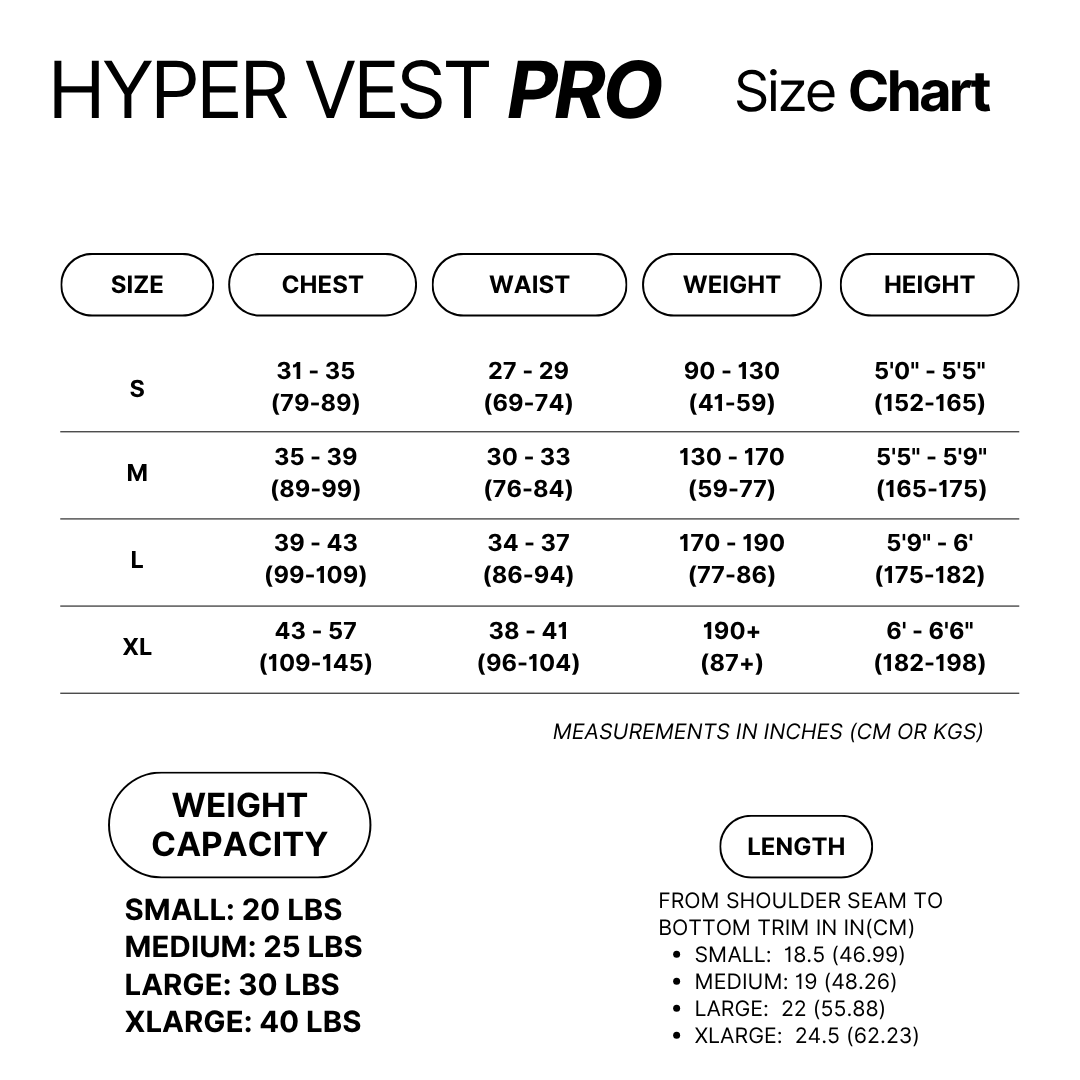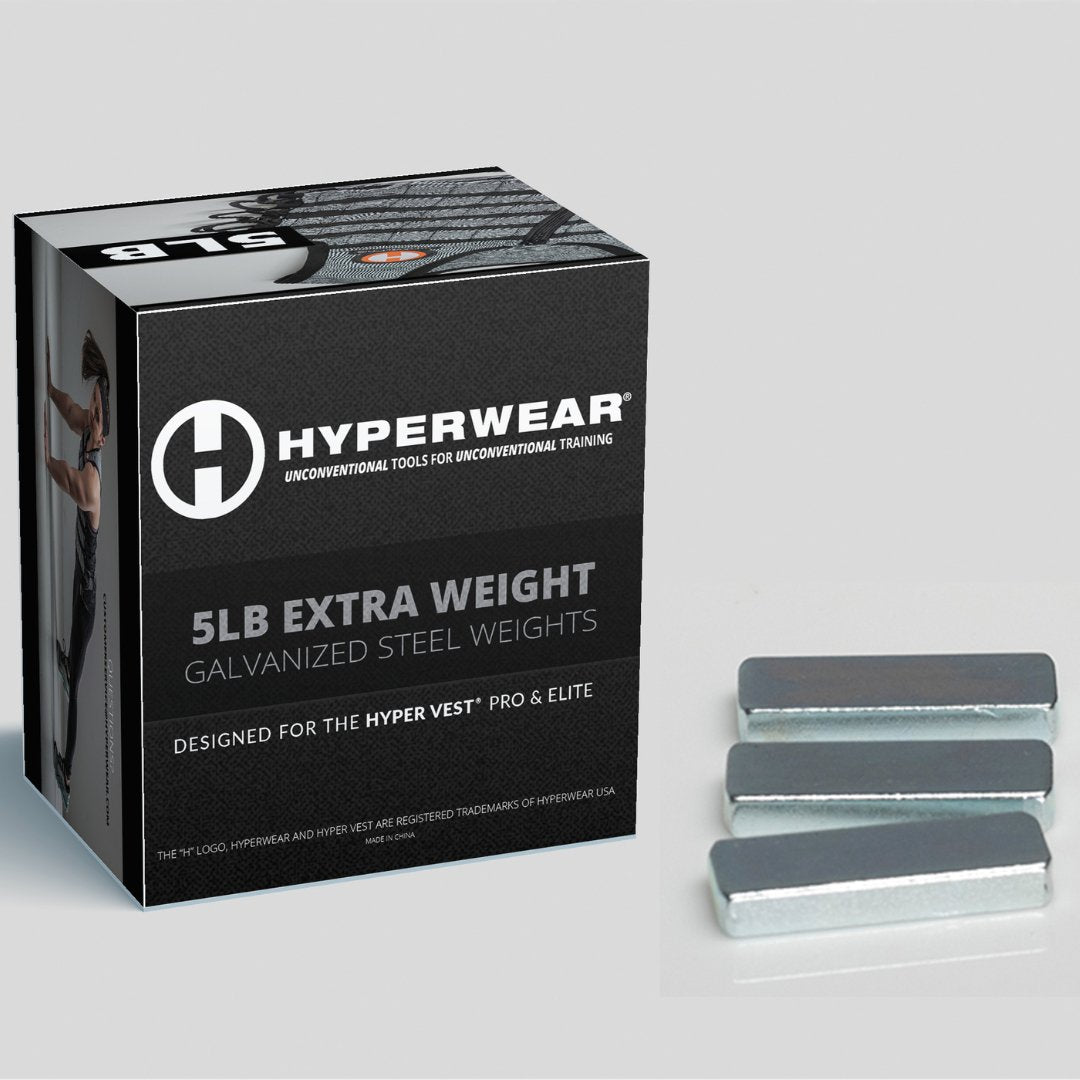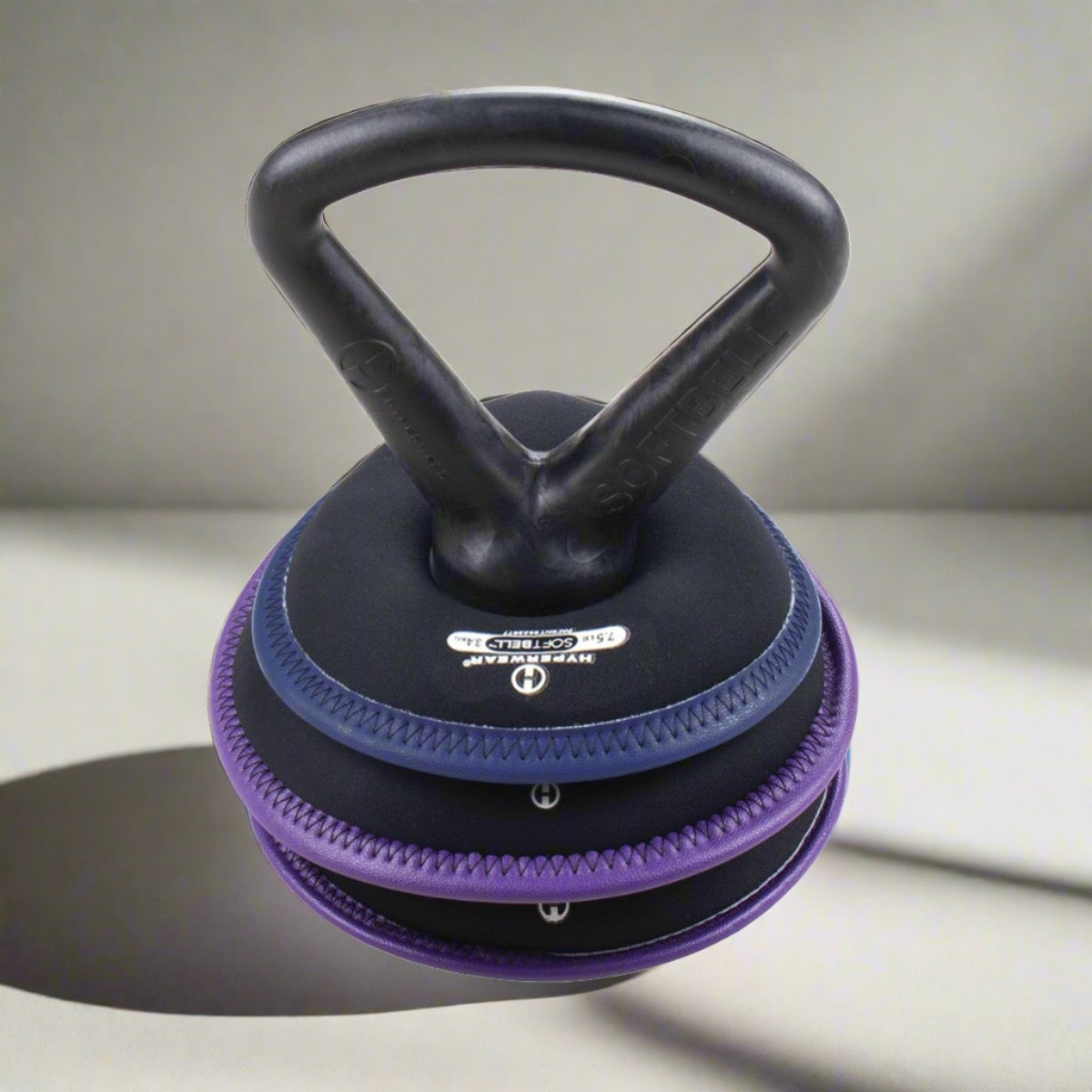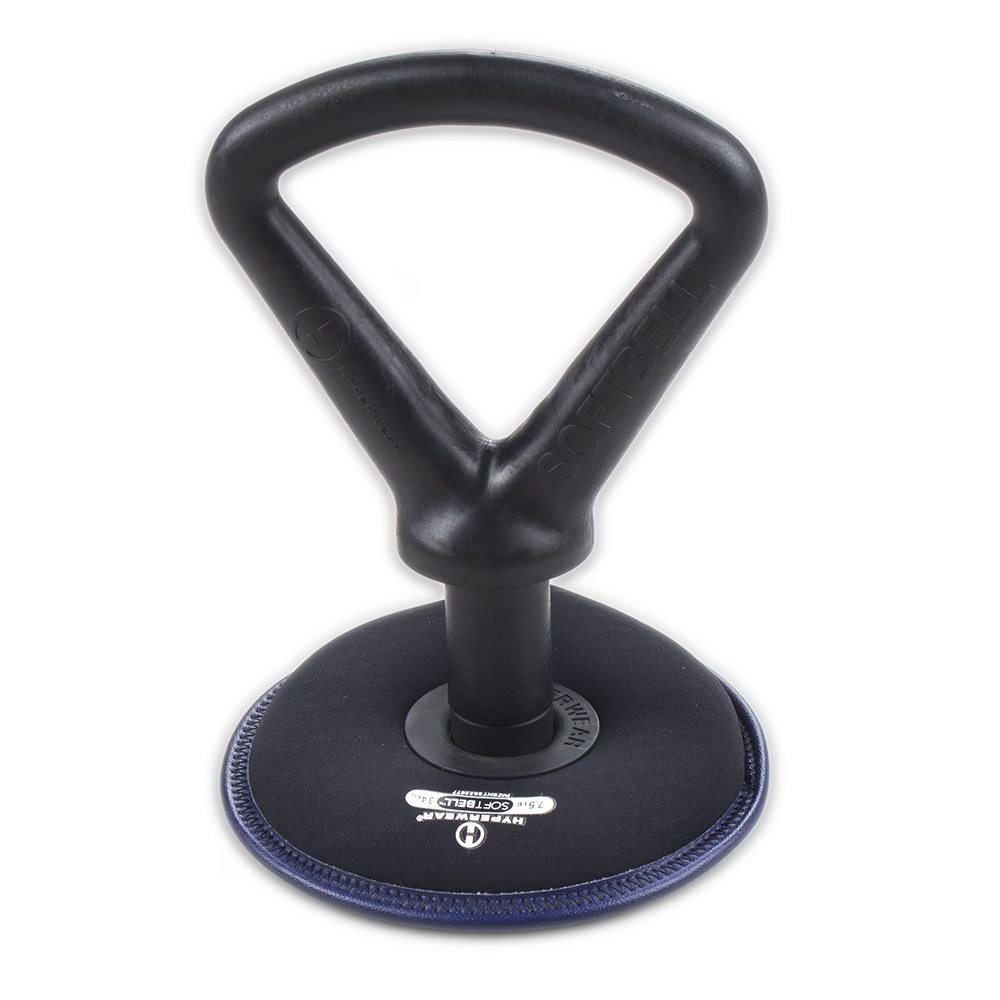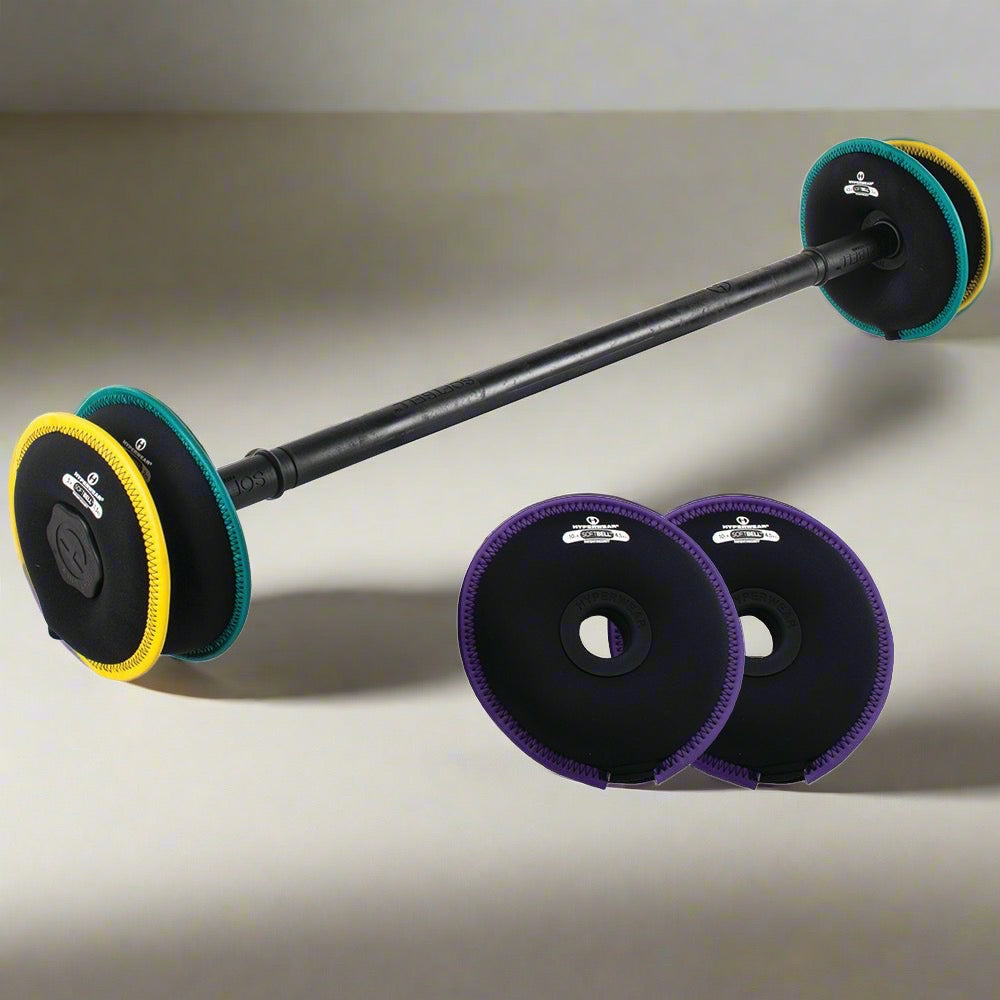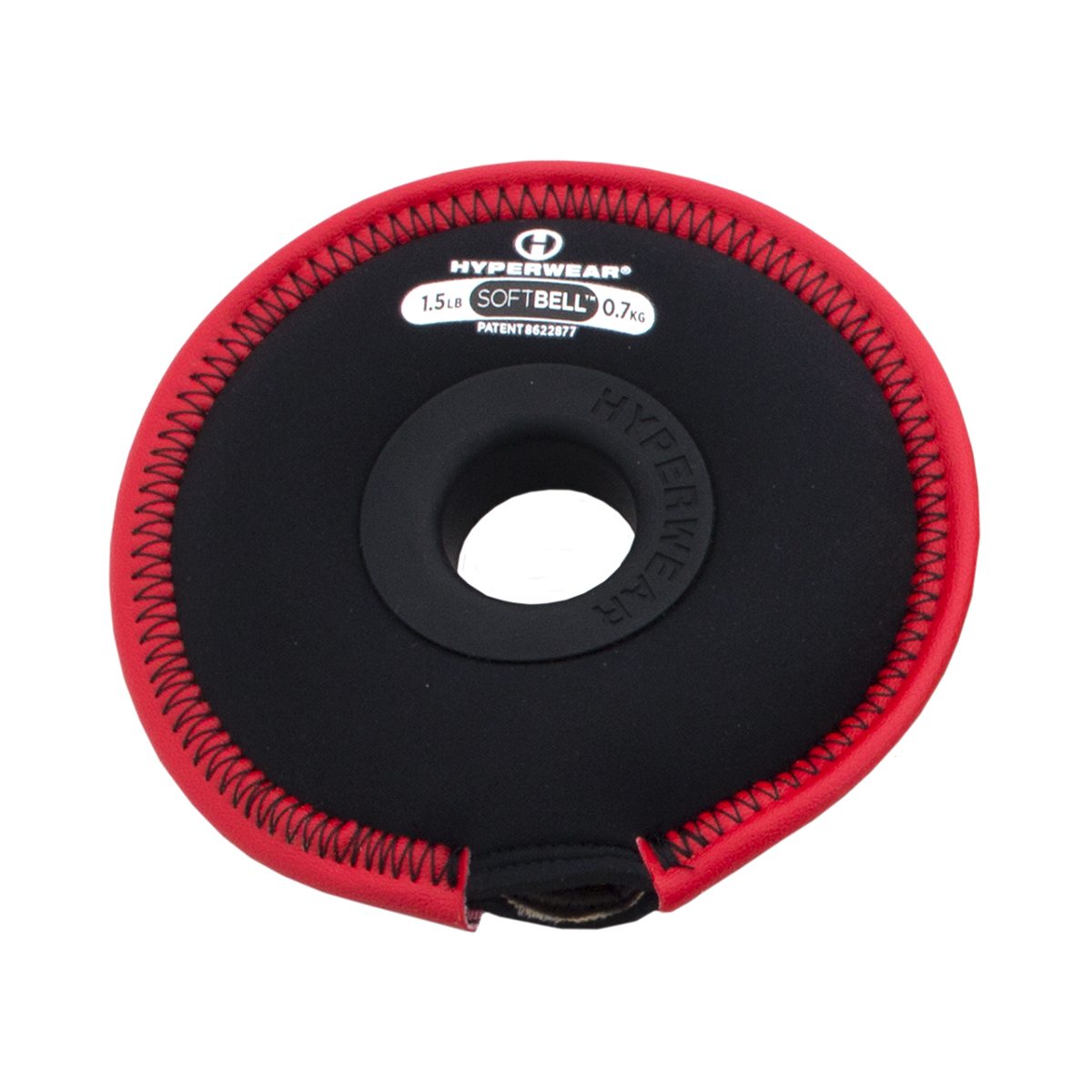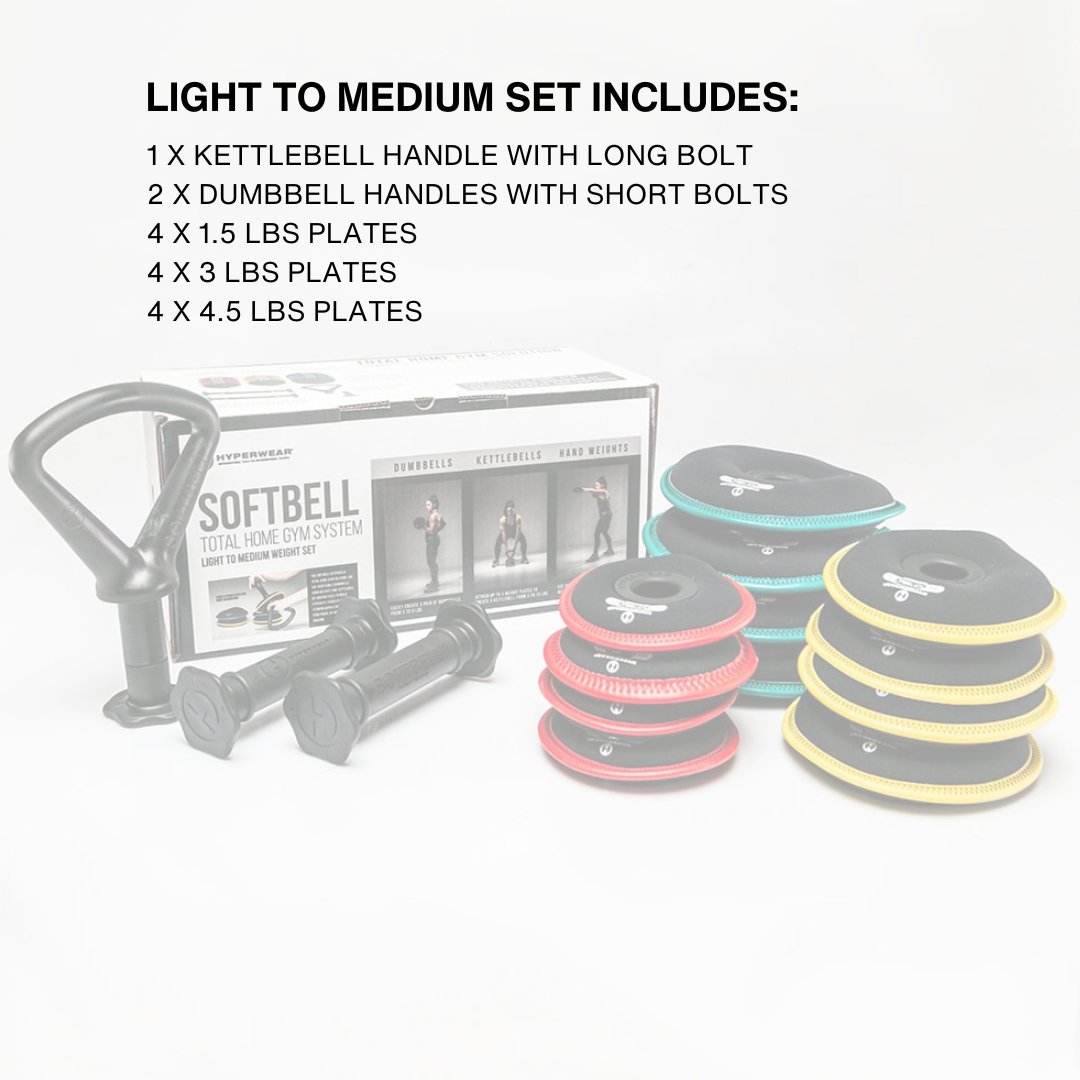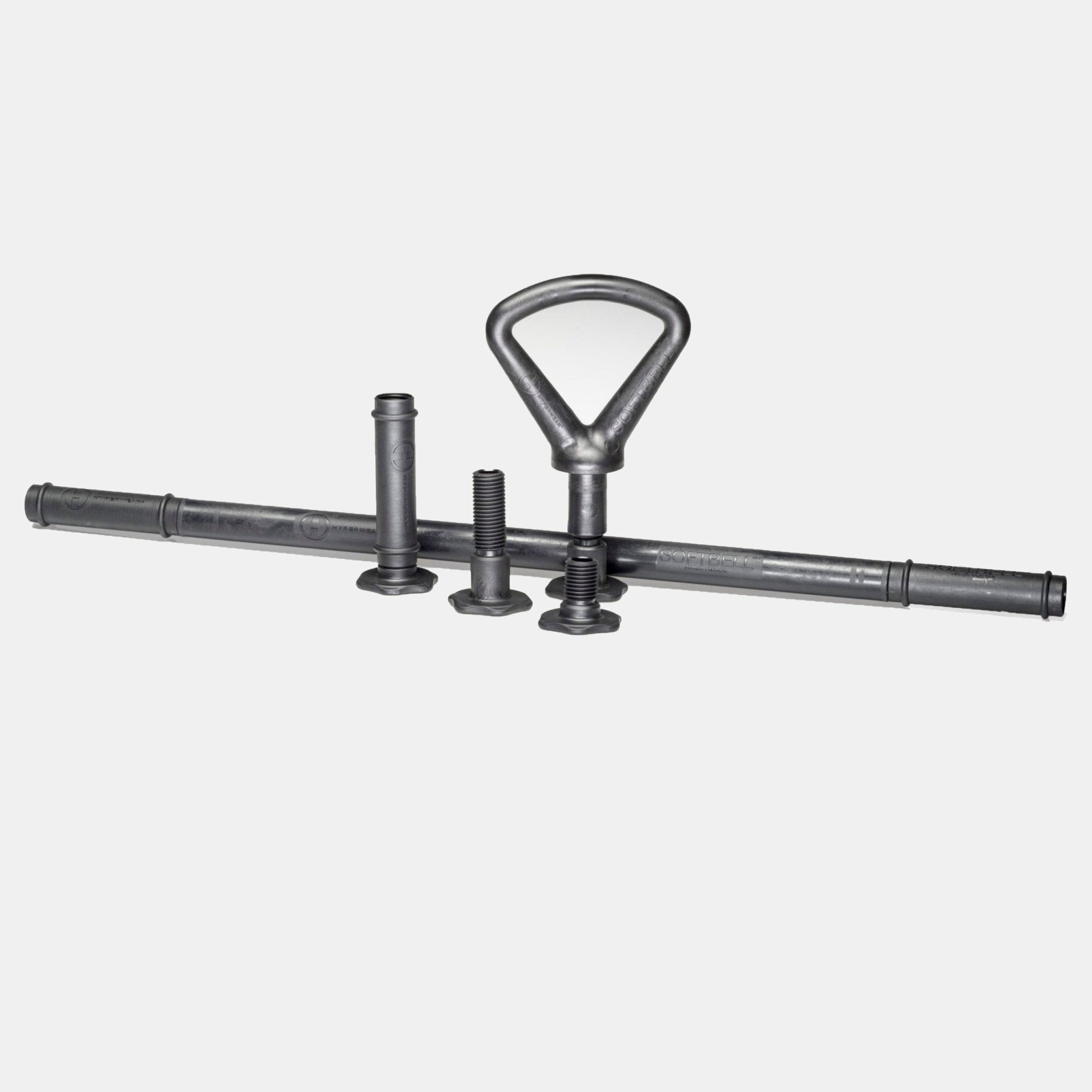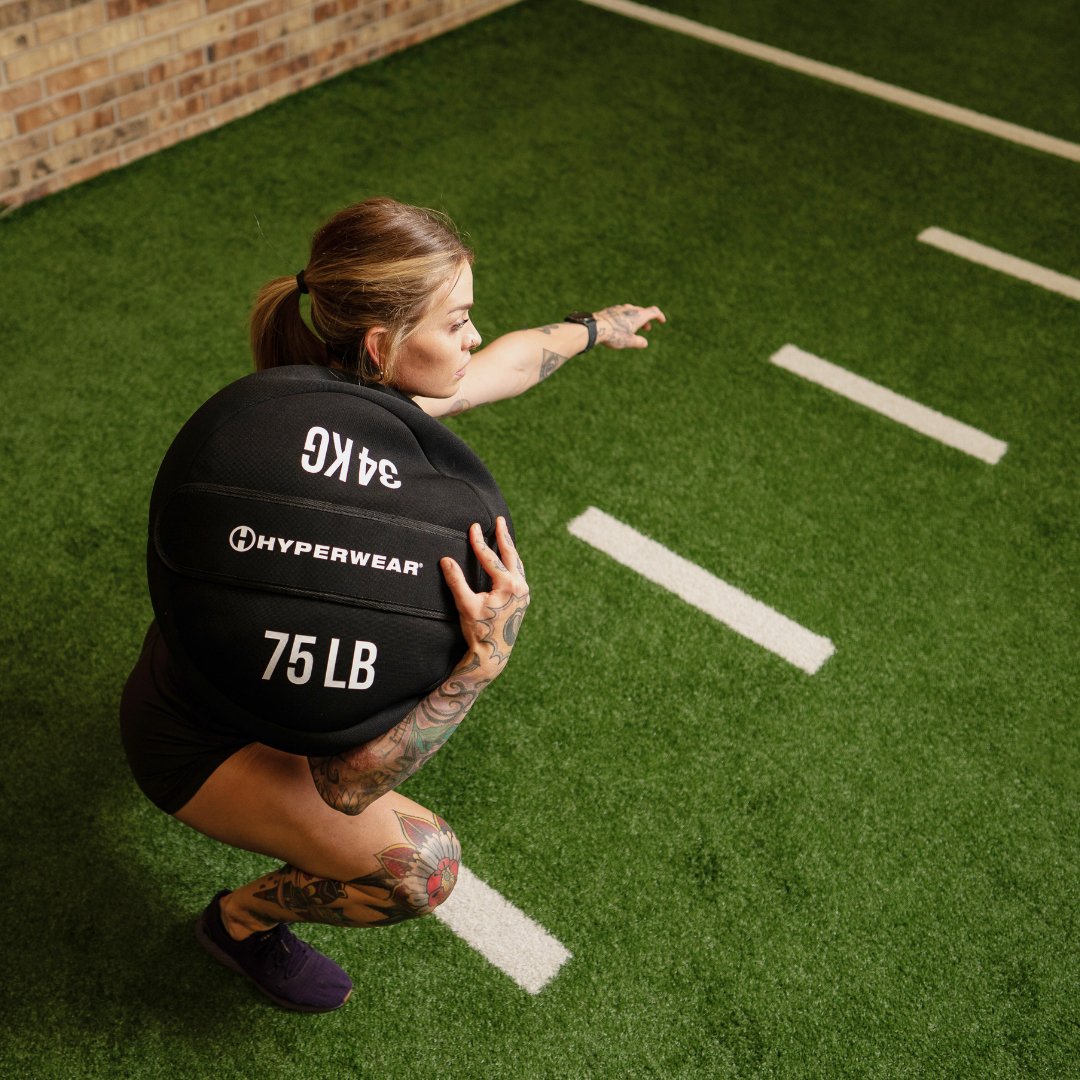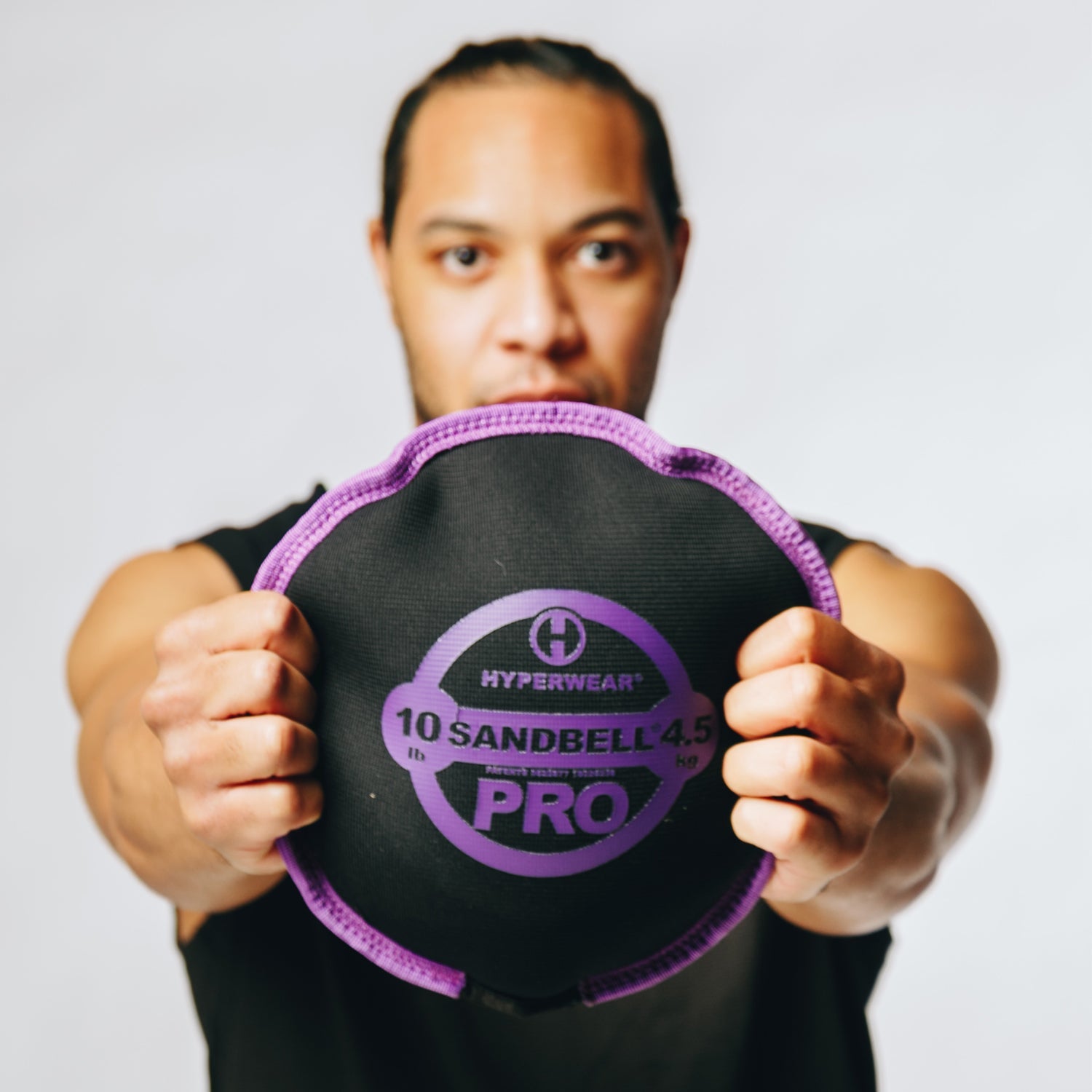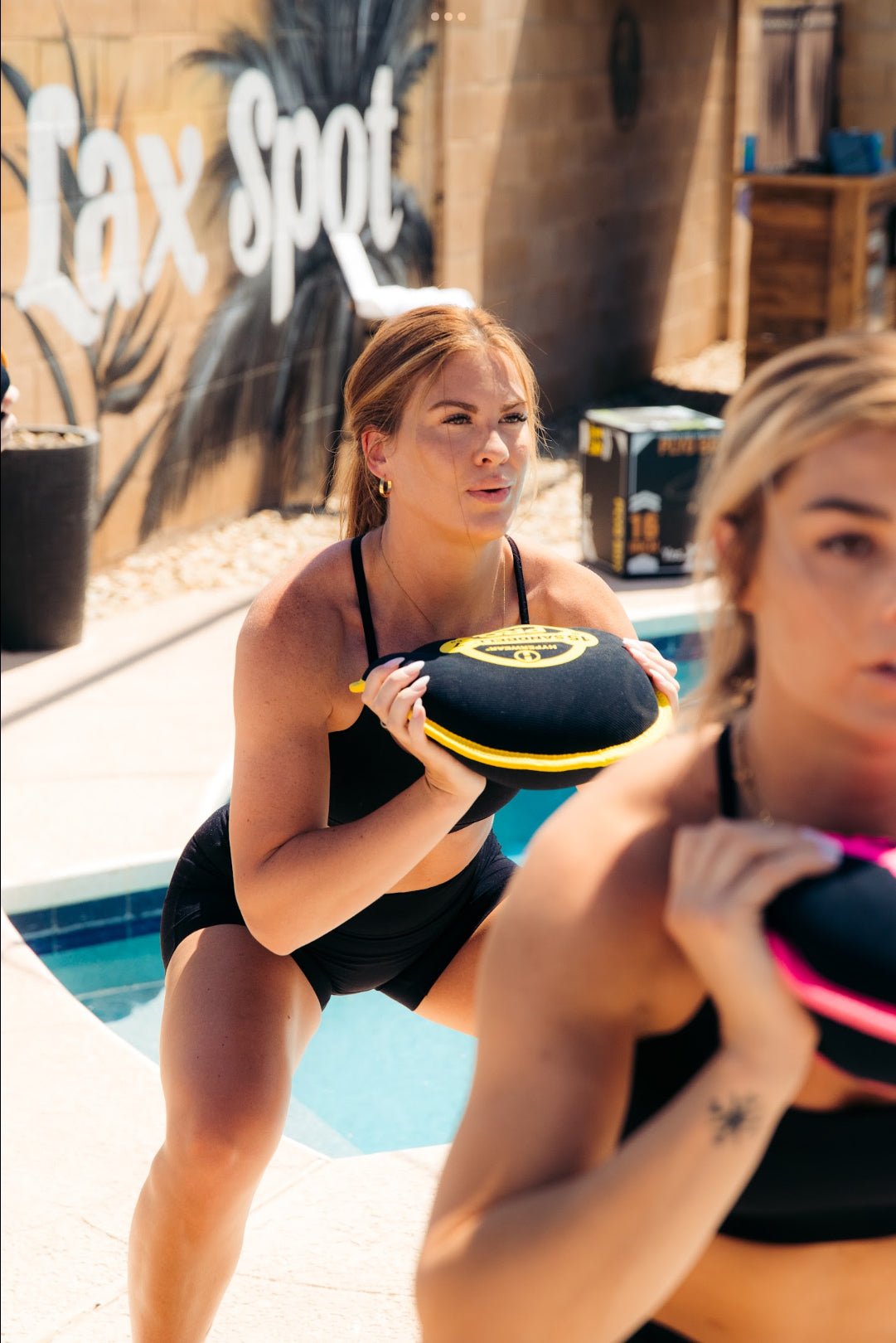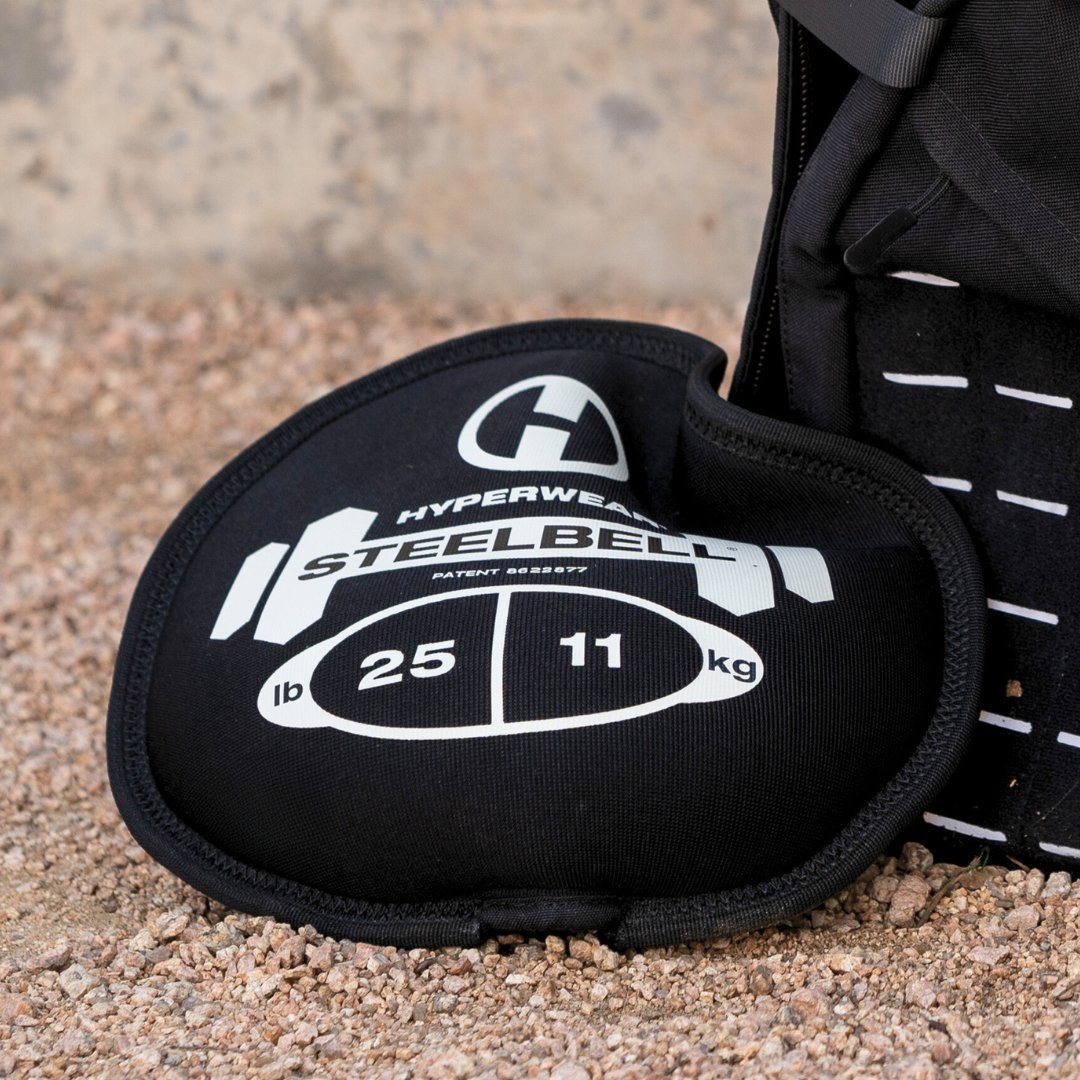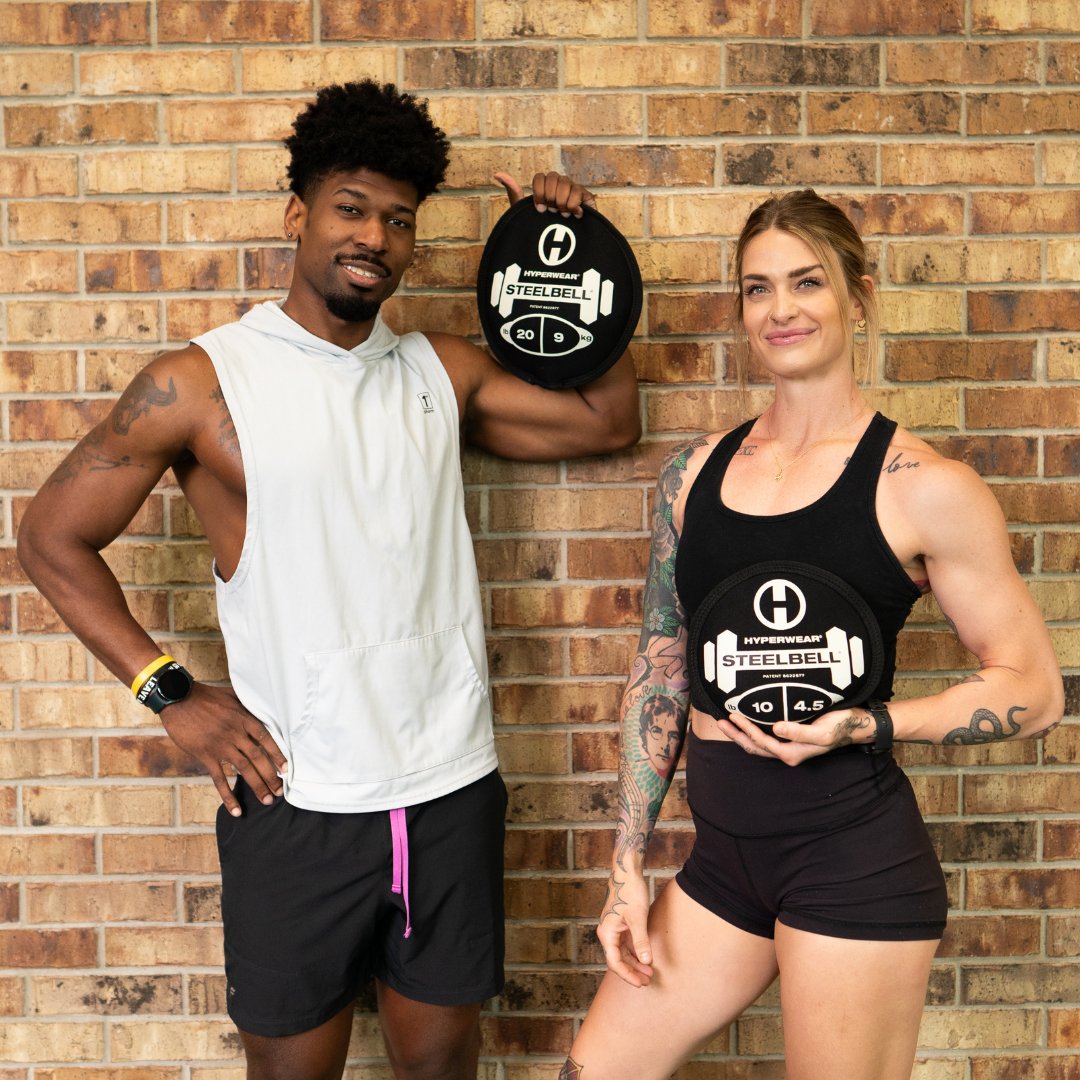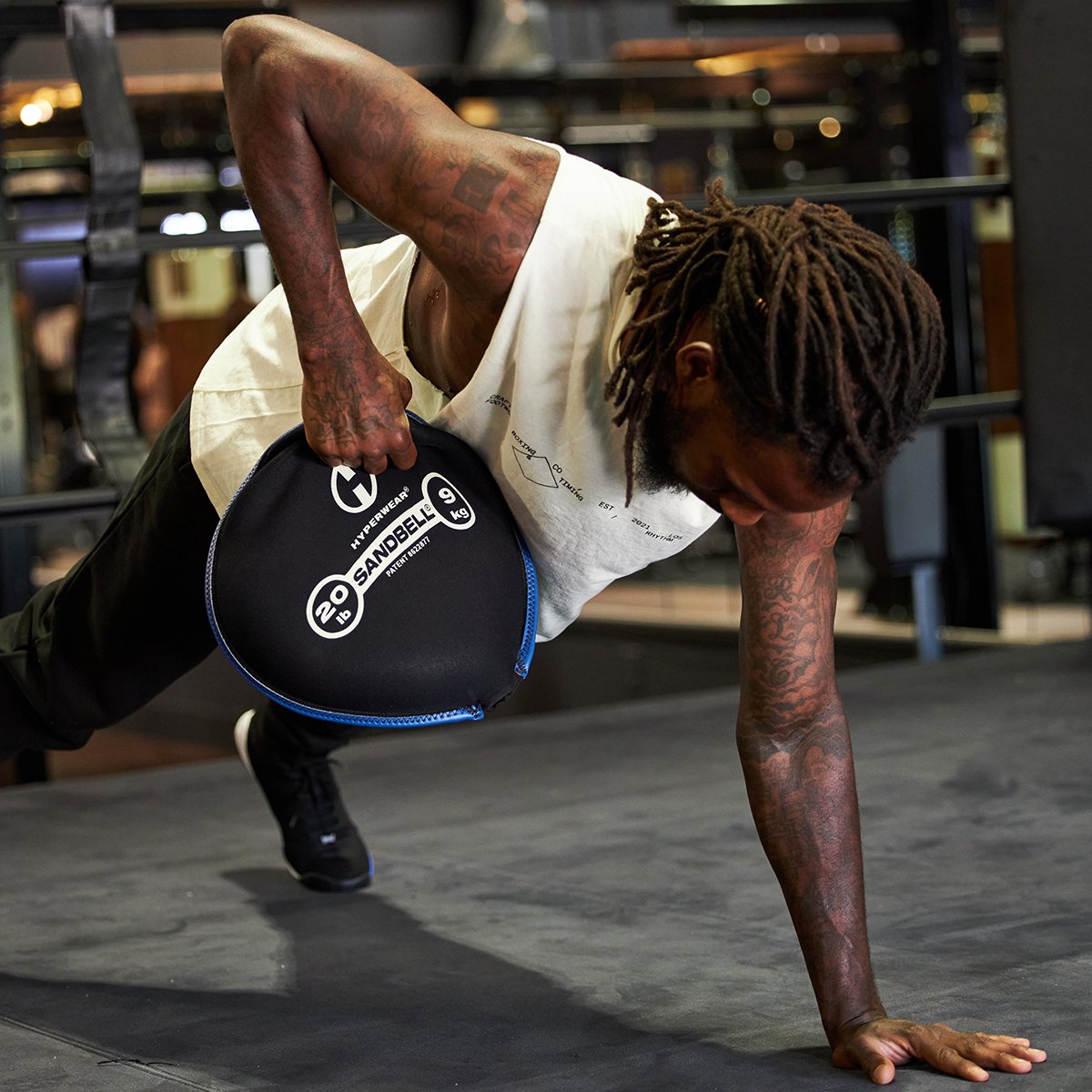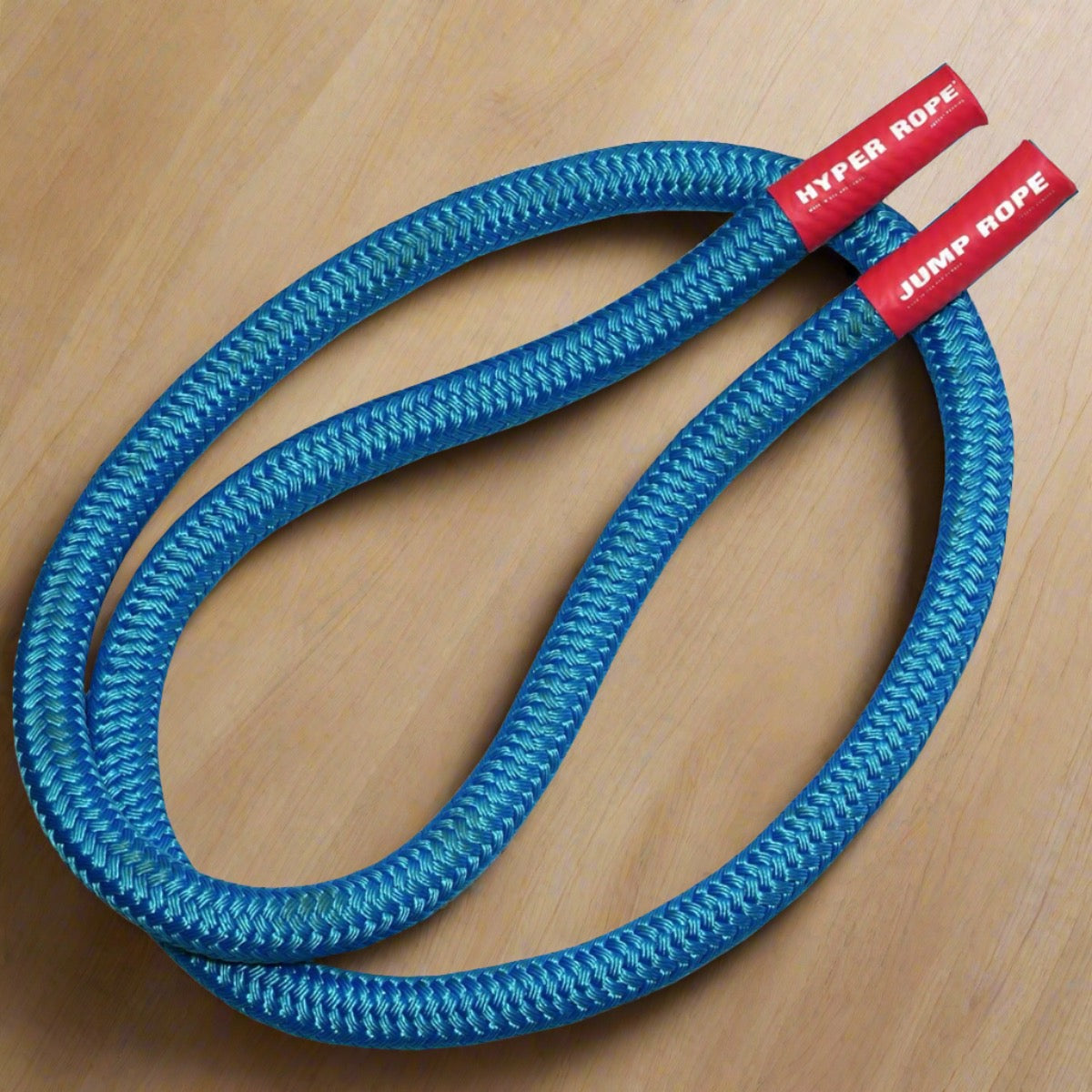Introduction: Avoid These Fitness Mistakes
Hey everyone, Sarah here. At Hyperwear, we believe that building strength is about so much more than just lifting heavy weights—it's about creating a balanced fitness routine that supports longevity and quality of life. However, even seasoned gym-goers can fall into common traps that stall progress. Whether you’re just starting or looking to push past a plateau, these are the top fitness mistakes you’ll want to avoid.
1. Skipping a Proper Warm-Up
Why It’s a Fitness Mistake
Diving straight into intense exercise without warming up can dramatically increase your risk of injury. It also hinders performance by not preparing your muscles and joints for the demands ahead.
How to Correct It
- Dynamic Stretching: Perform controlled movements like leg swings or arm circles to activate muscles and increase blood flow.
- Gradual Progression: Start with low-intensity exercises (like bodyweight squats or light jogging) before ramping up.
2. Neglecting Strength Training
Why It’s a Mistake
Too many people focus solely on cardio, believing it’s the fastest way to burn calories. While cardio is great, ignoring strength work can lead to muscle imbalances, plateaued weight loss, and reduced bone density over time.
How to Correct It
- Compound Movements: Incorporate squats, lunges, pushes, and pulls to work multiple muscle groups at once.
- Use Functional Equipment: Weighted vests, rucking, SandBell workout sandbags, SoftBell free weights, or the Hyper Rope are excellent for building strength that translates to everyday activities. (Opinion: I believe that functional fitness equipment can be a game-changer, especially if you’re short on time or space.)
3. Overtraining Without Adequate Recovery
Why It’s a Mistake
Exercise breaks down your muscles; proper rest and recovery help rebuild them stronger. Overtraining leads to fatigue, increased risk of injury, and declining performance.
How to Correct It
- Schedule Rest Days: Take at least one or two days per week to let your body repair.
- Active Recovery: On off days, do low-intensity activities like walking, light cycling, or easy yoga flows.
- Focus on Sleep: Aim for 7–9 hours per night to support muscle growth and hormone regulation.
4. Inconsistent Nutrition and Hydration
Why It’s a Mistake
No matter how well-structured your workouts are, you can’t out-train a poor diet. Inconsistent nutrition and hydration can stall progress, reduce energy levels, and even compromise immune function.
How to Correct It
- Balanced Meals: Include protein, healthy fats, and complex carbohydrates in your daily plan.
- Stay Hydrated: Drink water regularly throughout the day, especially before, during, and after workouts.
- Smart Snacking: Keep healthy options—like nuts, fruit, or a protein shake—handy to avoid junk-food temptations.
5. Using Poor Exercise Form
Why It’s a Mistake
Trying to lift heavier weight without proper technique can lead to injuries and muscle imbalances. Think of good form as your first line of defense and your ticket to maximum efficiency.
How to Correct It
- Start Light: Master the movement with minimal resistance to groove the pattern.
- Use a Mirror or Video: Record yourself or check your alignment in the mirror to identify errors.
- Seek Expert Advice: A knowledgeable trainer or physical therapist can help you correct issues before they become bad habits.
6. Sticking to the Same Routine for Too Long
Why It’s a Mistake
Repeating the same workouts every week leads to diminishing returns—your body adapts, and you stop seeing progress. This can also kill your motivation if you start feeling bored.
How to Correct It
- Progressive Overload: Gradually increase weight, reps, or workout intensity to challenge your body.
- Vary Exercises: Swap out movements every few weeks, or cycle through different training techniques (like circuit training, HIIT, or rucking).
- Set Short-Term Goals: Whether it’s increasing your deadlift by 10 pounds or adding an extra set of pull-ups, incremental goals keep you focused and engaged.
7. Underestimating the Mental Aspect
Why It’s a Mistake
If you’re mentally disengaged, you’ll struggle to push through challenging workouts or stick to a consistent training schedule. Stress and negative self-talk can derail even the best-laid fitness plans. Physical exercise can improve mental health.
How to Correct It
- Create a Support System: Work out with a friend, join a community, or hire a coach.
- Practice Mindfulness: Outdoor exercise, simple breathing exercises or short meditation sessions can center your focus.
- Celebrate Wins: Recognize every personal record or completed workout—it’s fuel for motivation.
Final Thoughts
Avoiding these seven pitfalls can make a huge difference in your fitness journey. At Hyperwear, our goal is to help you Get Strong for Life™ through innovative equipment, evidence-based training strategies, and a passion for sharing what works. If you ever feel stuck or want to ramp up your routine, we’re here to help with functional tools like weighted vests, rucking backpacks, workout sandbags, weighted battle ropes, resistance bands, and more.
Ready to take the next step? Browse our Hyperwear shop to find the perfect fit for your strength goals. Remember, consistent progress is about balance—training smarter, not just harder.
(Opinion: I’m a firm believer in the power of mixing up your routine, fueling your body well, and staying mentally engaged. Follow these steps, and you’ll not only see results but also build a strong foundation for lifelong fitness.)
Remember: You can’t be perfect every single workout, but staying mindful of these common pitfalls can help you find balance and consistency. Let’s keep moving forward together—stronger every day.
